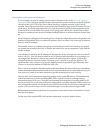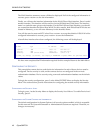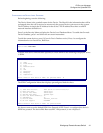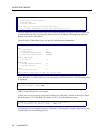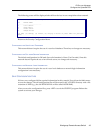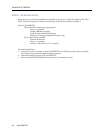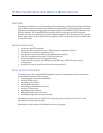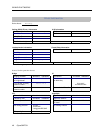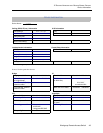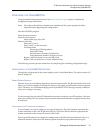
IP R
OUTING
N
ETWORK
WITH
R
EMOTE
B
RIDGE
D
EVICES
OVERVIEW
This sample network has two remote satellite offices in Monterey and Carmel, California, that need
to be in daily electronic communication with their Corporate Office. Each satellite office has an IP
Host that communicates through a remote bridge using the CyberSWITCH’s WAN Remote LAN
(RLAN) interface. The CyberSWITCH treats these devices connected to the RLAN network
interface as if they were connected to the same Ethernet segment. We will assume in this network
that we only want to route IP traffic onto the corporate LAN, but the same network could be built
to route IPX traffic.
BUSINESS ASSUMPTIONS
• All devices are PPP-compliant.
• Corporate Office (central site) is on a PBX; therefore, 9 required to dial out.
• No File Servers at Carmel or Monterey sites.
• Uses the On-node Device Database for authentication database.
• Uses PAP to authenticate remotes; CHAP on central site.
• Carmel and Monterey dial into Corporate Office.
• Corporate Office supports two BRI lines (4-port BRI card), with NTT custom switch
configuration.
• Assumes we want to route IP traffic onto the corporate LAN.
INITIAL INSTALLATION STEPS
The initial steps in the CyberSWITCH installation process are basically the same no matter how
complicated the network. These steps are:
• completing the requirement worksheets
•ordering ISDN service
• powering on the system
• accessing Release Notes
• connecting an administration console
• setting up Telnet access
• upgrading system software
• changing defaults to secure system
• returning configuration to factory defaults
The chapters Accessing the CyberSWITCH and Upgrading System Software (in the User’s Guide)
describe each of these steps in detail.
Worksheets for this network are included on the next few pages.



